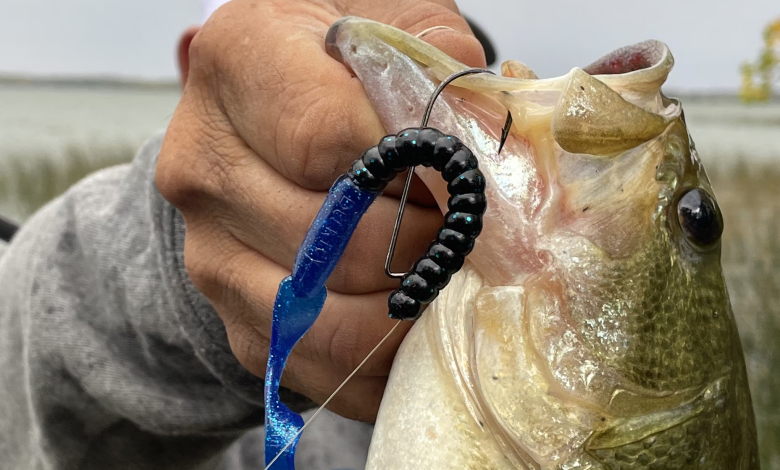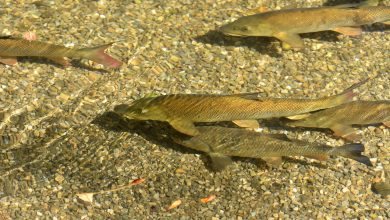How to Fish a Texas Rig

The Texas Rig is one of the most popular and effective rigs used in bass fishing. It’s versatile, it can be fished in a variety of ways, and it’s relatively easy to learn how to do.
In this blog post, we’ll give you tips on how to fish a Texas rig so that you can fish like a professional.
1. Choose the Right Bait
The Texas Rig can be fished with a variety of different baits, but we recommend using a soft plastic bait such as a worm or crawfish. These baits are effective at attracting bass and triggering strikes.
2. Pick the Right Hook
For Texas Rigs, we recommend using an offset worm hook. These hooks are designed specifically for fishing soft plastic baits, and they will help you ensure that your bait stays on the hook and doesn’t slide off.
3. Attach Your Bait to the Hook
When attaching your bait to the hook, you’ll want to thread the bait onto the hook so that the point of the hook is exposed. This will help ensure that your bait stays on the hook when a fish strike occurs.
4. Insert a Bullet Weight into the Head of Your Bait
This step is optional, but we recommend doing it if you’re fishing in areas with heavy vegetation or if you’re fishing in deep water. The bullet weight will help keep your rig down in the water column where the fish are feeding.
5. Attach Your Swivel to the Other End of Your Leader Line
This step is also optional, but we recommend doing it if you’re fishing in areas with heavy vegetation or if you’re fishing in deep water. The swivel will help prevent your line from getting tangled as you cast and retrieve your rig.
6. Tie on a Lure
If you want, you can tie on a lure such as a crankbait or spinnerbait above your rig. This can help attract fish to your rig and trigger strikes.
7. Cast Out
Cast out into an area where you think there might be fish and let your rig sink to the bottom. Once your rig hits the bottom, begin moving it very slowly along the bottom.
Bass are ambush predators, so they often strike when prey items are moving slowly past them. By moving your rig slowly along the bottom, you’ll mimic the movement of real prey items and tempt bass into striking.
8. Experiment with Different Retrieval Speeds
Once you’ve got the hang of slow retrievals, experiment with retrieving your rig faster. Sometimes, bass will strike out of pure aggression when they see something moving quickly through their territory.
Other times, they may strike because they think they can catch an easy meal. So don’t be afraid to experiment with different retrieval speeds until you find what works best.
9. Vary Your Depth Until You Find Where the Fish Are Feeding
Bass often spend their days relating to specific depths in lakes and rivers depending on the time of year and water temperature. So, if you’re not getting any bites, try varying your depth until you find where the fish are feeding.
10. When You Feel a Strike, Reel In
As soon as you feel a strike on your line, reel in! This may seem like common sense, but many anglers make the mistake of waiting too long before reeling in after feeling a strike.
If you wait too long, there’s a good chance that the fish will spit out your bait before you even have a chance to set the hook. So as soon as you feel that telltale thump or tug, reel her in!
Conclusion
There you have it— tips on how to fish a Texas Rig like a pro! Just remember to choose the right bait, use Offset Worm hooks, attach your bait so that point of the hook is exposed, insert a bullet weight into the head of the bait (optional), and attach the swivel at end of the leader line (optional), tie on a lure (optional), cast out into an area where there might be fish & let rig sink to bottom & move very slowly along bottom once it hits bottom & experiment with different retrieval speeds & depths until finding where fish are biting.
And when you feel that strike—REEL HER IN!




